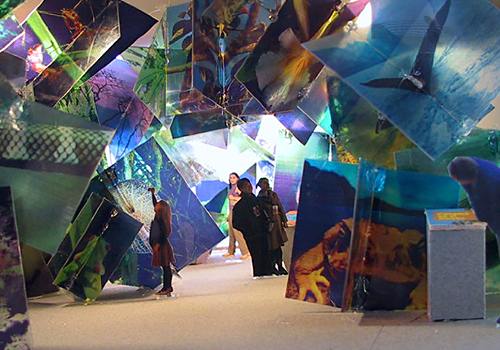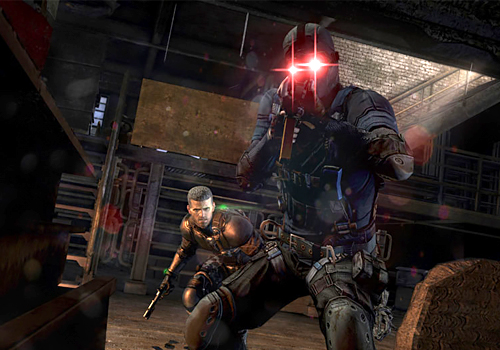Bethany Mally spent 18 years as an art director and designer for many of Canada’s most recognizable brands and institutions. Despite her extraordinary success, her corporate design career represented a detour from her first love — writing fiction and comics.
But when it came to fulfilling her creative ambitions, Mally remained determined. How else would you describe someone who spent 12 years writing her first novel on a cellphone during lunch breaks?
So in 2015, she decided to enrol in university: initially to learn how to become a writer, but ultimately to learn more than she ever thought possible about herself. During her years as a member of Woodsworth College in the Faculty of Arts & Science, Mally discovered her own unique learning style. She also engaged deeply with her Indigenous heritage and embarked on the professional path she’d put off for so long.
As she graduates this week with an honours bachelor of arts, Mally reflects on her journey and the many lessons she learned along the way.
Before coming to U of T, you enjoyed a long and successful career as a conceptual, graphic and motion designer as well as art director. Can you tell me about your work in these areas?

I had a good time in my design career: I got to work on a lot of huge projects like creating exhibits and design standards for the Biomuseo in Panama, and working on new brand identities for the AGO and U of T. Then I moved on to broadcasting design, working for, among others, the CBC show The Nature of Things as a co-art director with Terry O’Neill.
What I’d wanted originally was to write books and publish comics, but my design career was so involving that most of the time I couldn’t do anything else. Now that I’m pursuing a Master of Fine Arts in creative writing at the University of British Columbia and writing a graphic novel, I feel that I’ve come full circle. It’s so good to feel that I’m finally doing what I always wanted to do.
But before embarking on your writing career in earnest, you decided to enrol at U of T. Can you describe why you made the switch from design to academia, and how that switch led you to where you are today?
I always wanted to go to university, but a high school counsellor told me I wasn’t cut out for it, which was devastating. What that counsellor said changed the direction of my life and my sense of self for a long time. But much later, the right time came up.

Before starting my degree I did the [Woodsworth College] academic bridging program, and it was an amazing experience. I think it set me up with the skills I needed to succeed: it’s the gold standard in teaching. So much of what I learned in that year got me through my degree further on.
I ended up doing a major in social cultural anthropology, with a minor in English and a minor in Indigenous studies. But I felt like I had three majors, because if you combined them, they all worked together really well. I saw how anthropology could help me in my writing, because understanding how societies and cultures create worldviews helps me think through my world-building when I’m writing novels.
Indigenous studies was really for myself; it was emotionally difficult, but also fulfilling. I’m Mi'gmaq (Listuguj), and my favourite course was one on Indigenous and Western science. It explored the idea of “two-eyed seeing” or etuaptmunk — a Mi’gmaq concept developed by Elder Albert Marshall which means viewing the world through Indigenous ways of knowing with one eye, and Western ways through the other.
What advice would you give to a student just starting university?
For me, the number one thing is: strategize. Enrol in the course, get the syllabus, assess based on your interest and your ability. Challenge yourself but don’t strive for goals just because they’re there. Choose subjects and topics that are meaningful to you and then work them into your assignments. Advocate for yourself, talk to profs, ask questions, go to office hours.
And don’t compete with others: what they do and don’t do doesn’t matter. It’s about getting the most out of your degree, doing better and learning about what’s really important to you on each assignment.
You now have a burgeoning career as a creative writer. What does the future hold for you?
I’m working on a graphic novel about neurodiversity right now. I’m back in comics, I’m drawing and I’m having so much fun — I forgot how much I love to do this! I also have two manuscripts for novels that I’m polishing. I can see myself writing predominantly, but I may also explore illustrating children’s books as well.
While at U of T you won several awards, made the Dean’s List multiple times, and contributed to the community in many different ways as a volunteer. You have much to be proud of — but what are you most proud of?
Just that I finished my degree. I love to learn, but school was always really hard for me if I wasn’t writing. I didn’t know until I came to U of T that I was neurodiverse: it didn’t occur to me that other people weren’t doing all the compensating things that I’d been doing for years just to manage day to day life. Setting up constant reminders to get things done, like alarms and notes, having difficulty in social settings. I have to be my own personal assistant! After I got accommodation for my disability, school really for the first time felt like something I could manage.
So that’s what I’m the most proud of: that I stuck it out. I’m the first in my family to go to university, and I proved to myself that I could do it. In the end, I absolutely was cut out for university.

